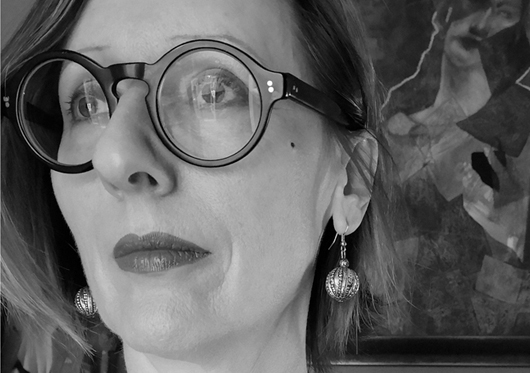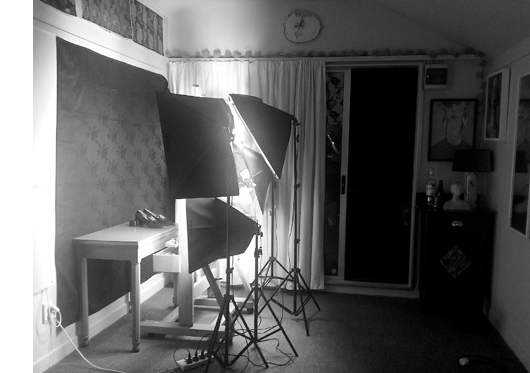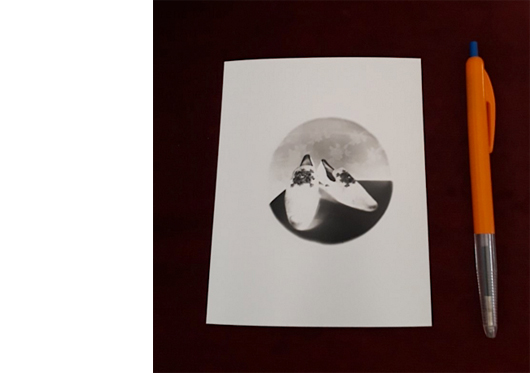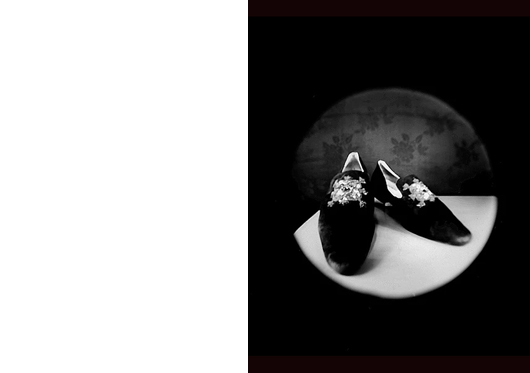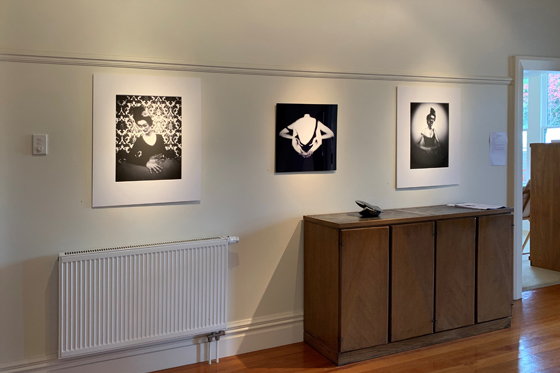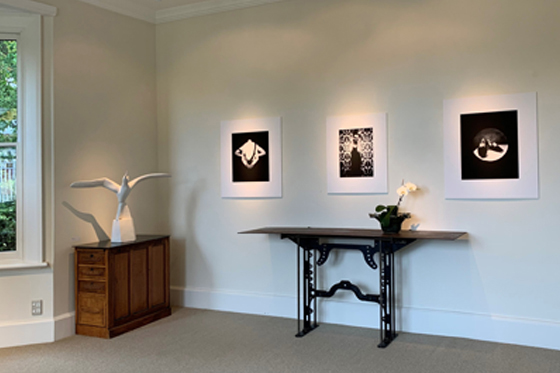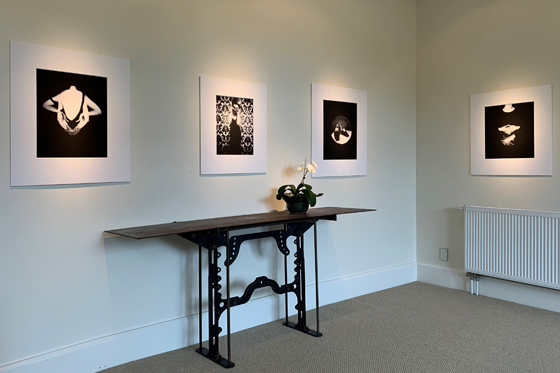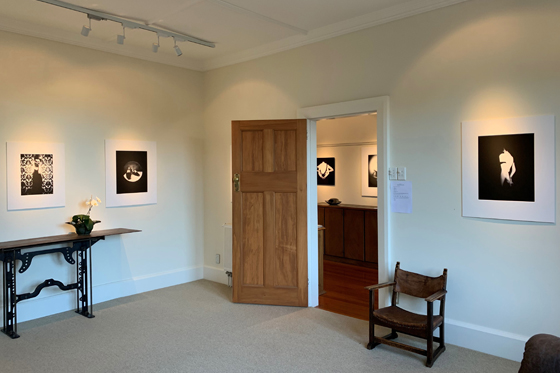Viky Garden, born in Wellington, Aotearoa New Zealand, is best known as a painter. From the age of 15, she predominantly used herself as the model for her work. Through this singular practice, and over the course of three decades, she has explored the transitory nature of change and impermanence, themes that offer a framework to consider personal and universal aspects of the female experience.
Last year, Viky entered two photographic images into the international Julia Margaret Cameron 12th annual Photographic Award in Barcelona, Spain. Out of over 6,000 entries from all over the world, both images won the Alternative Processes Award and will be exhibited alongside other category winners in Barcelona this May 2019.
The two works came from a series of pinhole photographs, Casting Shadows, created by Viky in 2018, when her curiosity in pinhole photography became a reality after she moved from her studio off the lounge, where she had worked for over 20 years, to a larger backyard shed with a room attached that is now her dark room.
Recognising through social media that everyone is now a photographer, she remembers wondering how far back she could take photography for it to interest and have value to her.
“As a painter, I am very aware of how a painting can, when the going’s good, invent itself. It develops outside of anything I’m doing to encourage it – often in spite of what I’m trying to do and which I never quite achieve (hence the next painting). So it is with photography, I love the mysterious revealing or developing aspect and it’s this that feels lacking in the digital picture-taking process.
Pinhole photography is very much hands-on and really does create a kind of spirit. For me, it’s photography born of a cardboard box with no lens that I can look through to check the subject, only a pinhole to let light in onto a paper negative, where the exposure time is guesswork and frankly, anything can and does actually happen.
It can often take a day for me to do just a few shots because my guesswork can be wide off the mark and in winter, with no running water other than an outside hose and a large bucket, recognising and rinsing the failure shots to only go and repeat the process can feel rather dispiriting. At this point you’re thinking, why bother rinsing them? Well, they’re my lessons – I have to study those shots to learn what it is I’m trying to achieve – actually, what the camera is trying to achieve. If I trash them the way we delete displeasing digital images, I stand to learn nothing about the craft itself.
Because Casting Shadows are indoor poses, the exposures were up to 14 minutes long. This meant sitting as still as a statue, shallow breathing because even the rib cage moving created a blur. As I sat there, I had little idea what the camera was choosing to focus on but hoped serendipity graced herself and bestowed an exquisite result. Yes, it’s very much like a lottery. It’s about inviting chance into a process and respecting that very little will ever go to plan.
The resulting images have a recognisable idiosyncratic aesthetic. They are an analogue image as opposed to something digital. They are time and light crafted.”
Fe29’s exhibition CASTING SHADOWS was timed to coincide with the show in Barcelona. Limited edition prints from the series are available through the gallery.


